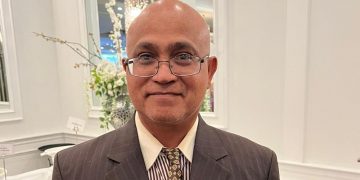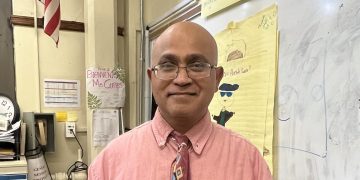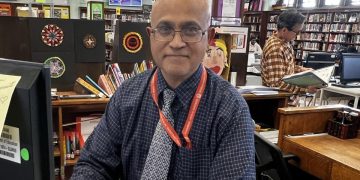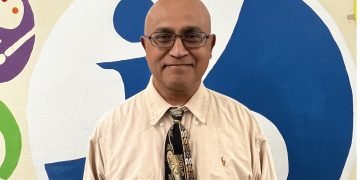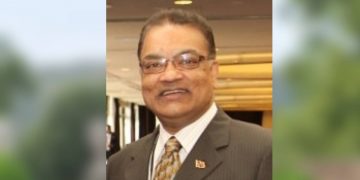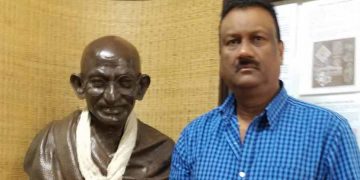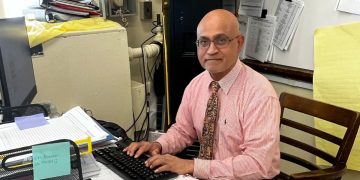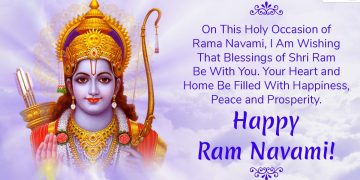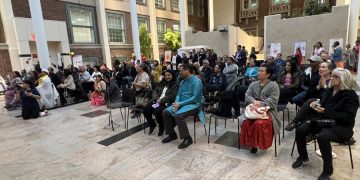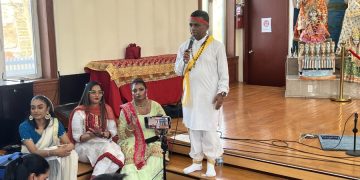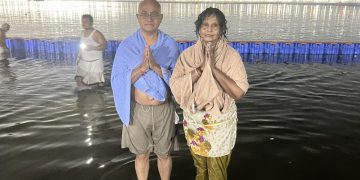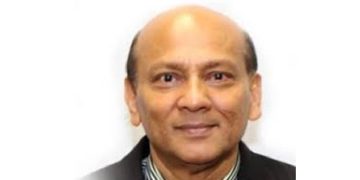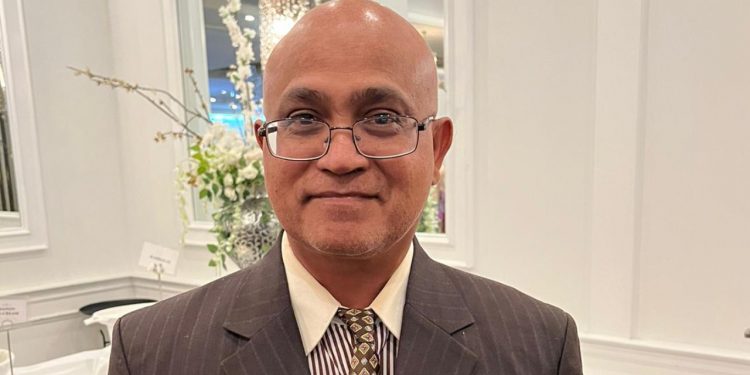While much is known and written about Guyanese support for the liberation struggle in the diaspora, nothing is available on how Trinidadians became involved and supportive in the political struggle. Little has been written on the history of Trinidadian involvement in the struggle for restoration of democracy in Guyana. Yes, a handful of Trinis, almost all Indians, in Trinidad and in America, played a significant role in the courageous struggle against the Guyanese dictatorship. They joined the international campaign to oppose Burnham authoritarian rule. They organized meetings and protests and distributed pamphlets, newsletters, and other organs in Trinidad in support of the political struggle. They wanted to give ethnic and or political solidarity to the battle being waged abroad and in Guyana since 1966 against the Guyanese dictatorship that was established by Forbes Burnham.
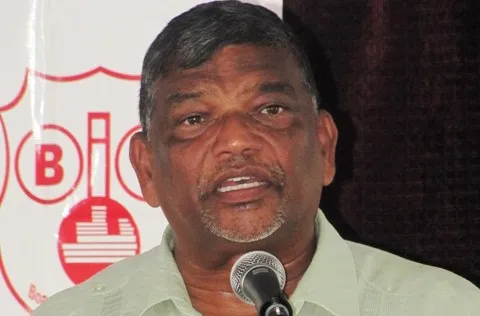
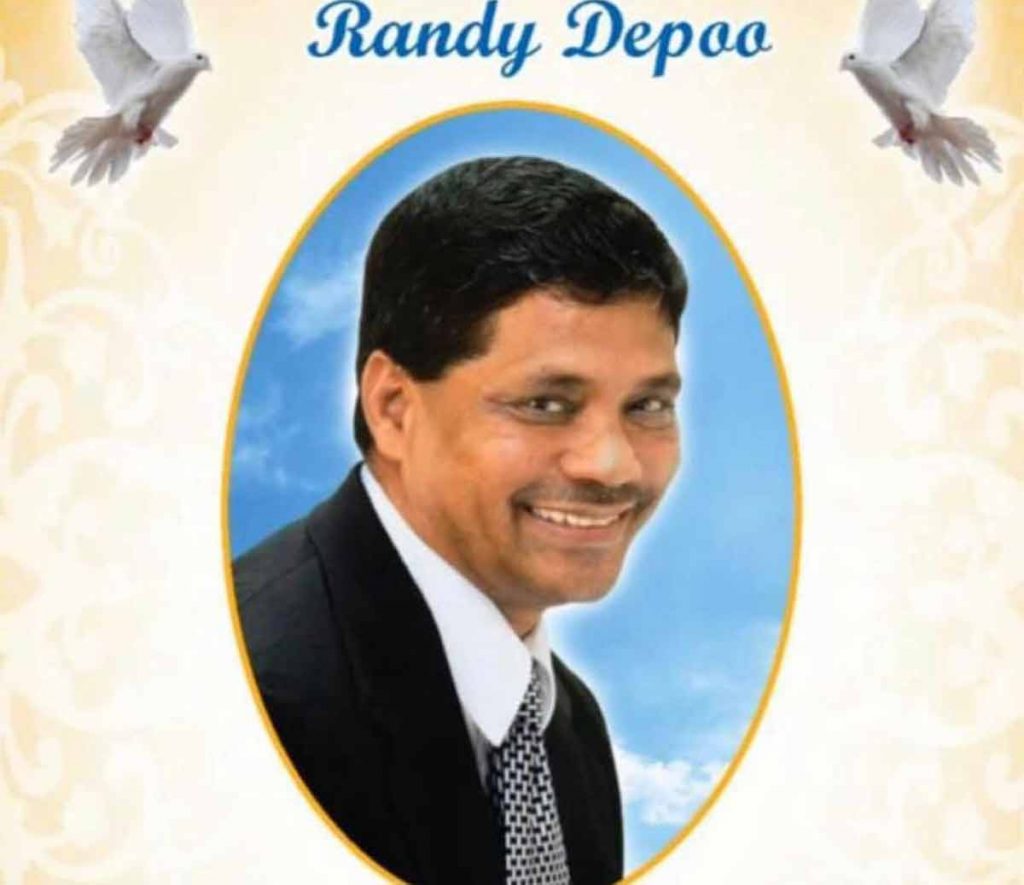
In the late 1970s, a New York based movement that I co-founded (with Vassan Ramracha, Baytoram Ramharack, Rennie Ramracha and a few other City university students) communicated with a group of young activists in Trinidad to assist in the struggle against Burnham dictatorship. They initiated a movement against the Burnham dictatorship. The young Trini activists were supporters of Basdeo Panday and the United Labor Front; they were mostly university students and educators like those of us in NY. The Trini group included Samaroo Siewah, Kumar Mahabir, Kamal Prasad, Ashram Maharaj, Rajnie Ramlakhan, Rajiv Sieunarine, Lutchmedial, Ramdath Jagessar (who edited Guardian at one time), Hanoman Doolarchand, among others. The group was supported by Bal Persaud, a Guyanese librarian at UWI who offered encouragement and other practical support for the movement; Because Bal was a civil servant, he could not publicly identify with the movement. Before the launch of this new movement, Lochan Hoolasie of St Augustine used to organize meetings for Jagan going back to the 1960s and we’ll into 1980s. Lutch’, as Lutchmedial was fondly called, used to sell Mirror, Thunder, etc. and was very loyal to Jagan who described him as a foot soldier. Literature that our group produced in NY from 1977 onwards were sent to and distributed in Trinidad by the activists on the island.
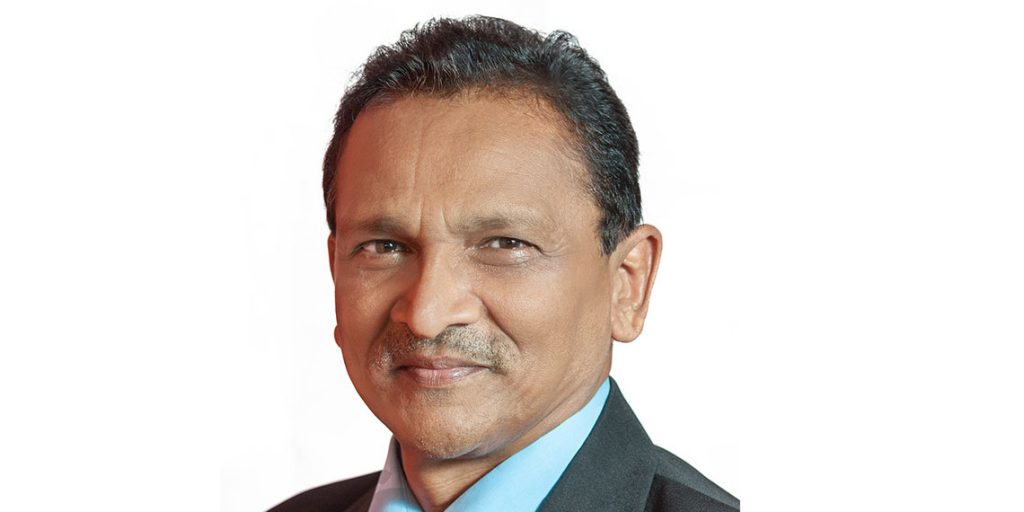
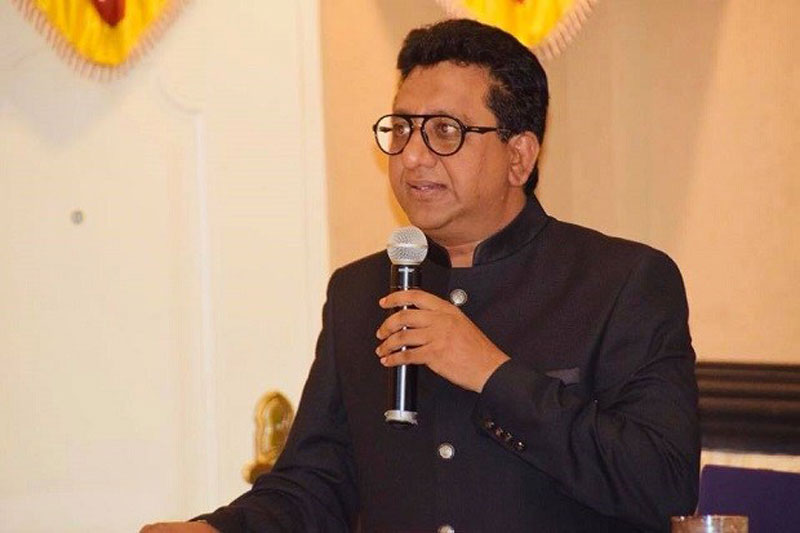
A few Trini friends like Vassan Ramracha and his brother Rennie flew down from NY to engage the group offering them encouragement and support for their contributions to the struggle. A few other NY based Guyanese, including myself, also flew down at different times on our own resources to meet with supporters on the island. Long before the launch of the Trinidadian movement, Baytoram Ramharack and myself initiated and maintained an ongoing line of communication via mail and phone contacts (with Kumar Mahabir, Samaroo Siewah, Kamal Persad, etc.) from the late 1970s with the Trini activists on political strategies and activities such as protests and pamphleteering. Ramharack and I traveled separately to meet the activists in 1981. We took down literature, our newsletters, for distribution. Articles that we authored on rights abuses in Guyana were published in Trinidad media (in papers like Sandesh where I contributed many pieces in several editions with approval from publisher, former MP, Ken Lalla and his son Om. Our reports and commentaries were also published in Trinidadian newsletters and in the national papers, Express and Guardian and the weekly Bomb newspaper published by Chokolingo of Barataria. Newsday did not come on the scene till the 1990s wherein I would submit letters for publication. Sandesh was mailed up to NY for distribution. Whenever I visited Guyana, I would smuggle the paper and our literature through friends working at customs and distributed to selected forces. In its front page, the Bomb celebrated the death of Burnham in August 1985.
The supportive struggle for the liberation of Guyana from Trinidad began with Dr. Cheddi Jagan’s visits to the island from late 1960s onwards. He also visited Trinidad in 1954 after he was ousted from office meeting political figures and Hindu leaders for support for the restoration of constitutional rule in Guyana and the independence struggle. Jagan also made many trips to Trinidad after he was ousted from office in December 1964 thru 1992 when democracy was restored, meeting activists from the sugar union (ATTASWU) and the opposition Indian political party (DLP) and leaders of the Hindu Maha Sabha. Most of the meetings took place in the Indian sugar belt in Tunapuna, Aranguez, St. Helena, and St Augustine. Jagan spoke a few times at UWI; Nanda Gopaul, one of the leading stalwarts of the anti dictatorial struggle in Guyana, also addressed meeting there in the late 1980s. Jagan would stay at the home of a Maha Sabha executive member in St Augustine or at the Piarco Airport hotel on the highway. Jagan attracted large gatherings at his meetings delivering fire brand speeches laced with socialist rhetoric not dissimilar from his meetings in Guyana. Indians and a few left-wing Africans (including the well-known economist Lloyd Best, James Millette, George Weekes, David Abdullah, all prominent African nationalists) were very sympathetic and supportive of his struggle against the Forbes Burnham and Hoyte dictatorships and imperialism. But they didn’t offer much more than verbal solidarity. Indian Trinis and Guyanese provided financial support for Jagan’s Guyana struggle. There arose a large Indian Guyanese presence in Trinidad from the late 1970s that continued well into the 2000s. Supporters of the PPP in Guyana before they migrated, they continued that support for Jagan. Tens of thousands of Guyanese settled in Guyana during the peak of the dictatorship of the late 1970s and 1980s; thousands were sent back to Guyana without processing at Piarco Airport during the 1980s and 1990s. A special bench or room was set up for Guyanese to be held and deported. Ramharack and me were also ordered to the bench but not deported probably because we had tickets to fly to New York. Guyanese residents in Trinidad provided financial support to the PPP and later to DLM Paul Tennassee who had established a support group in Trinidad; Hulsie Bhaggan coordinated activities of the DLM. Jagan raised significant amounts of resources for the anti-dictatorial struggle in Trinidad among Indians (both Guyanese and Trinis) during the 1970s thru 1992. Fundraisers, supported by Trinis and Guyanese (residing in Trinidad) were held during the 1980s and funds repatriated to Guyana. Navin Chandrapal, Shaik Baksh, Moses Nagamootoo, and a few other PPP activists occasionally and at different times accompanied Jagan to Trinidad to meet supporters and Panday and other MPs affiliated with the opposition. (Panday’s first contact and presence in Guyana was through NAACIE and the work of Nanda Gopaul in the 1970s when he was invited to deliver the feature address of a sugar workers summit in Berbice).
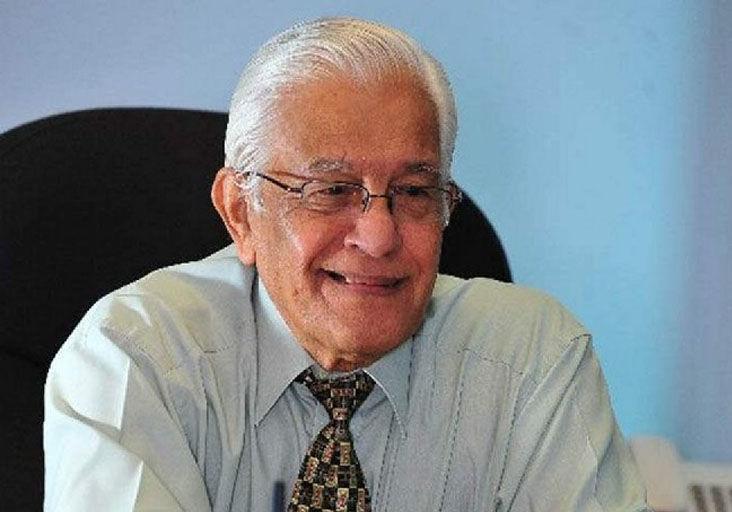
Elderly Indians remembered Jagan fondly and were enamored by his articulation of injustice committed by the British colonialists and by Burnham against Indians. After he became President in 1992, Jagan’s presence for political exchanges in Trinidad ceased. They mourned his passing in March 1997.
Jagan depended on his contacts and followers in Trinidad for support to combat rigging in Guyana. Trinis were always sympathetic with Guyanese who came to Trinidad to work or to trade or shop (hucksters), and they did not fail to support Jagan after Hoyte rigged the December 1985 election. After the PCD was birthed in 1986, a delegation comprising Nanda Gopaul, Albert Budhu (NAACIE), Eusi Kwayana, Llewelyn John, and a few others accompanied Jagan to Trinidad to seek support for their struggle to restore democratic governance. They met then Prime Minister George Chambers and other political figures and trade unionists for support against the Hoyte dictatorship. The meetings with politicians and unionists like Errol McLeod, Weekes, Millette, Best, Abdullah, and others took place at separate venues. assistance to Jagan and the PCD group in Trinidad. They also supported Guyanese trade unionists at meetings of Caribbean Congress of Labor held in Trinidad for a liveable wage in Guyana. Caribbean left wing trade unionists and academics like Chester Humphrey, Ralph Gonsalves, Selwyn Ryan, Aubrey Armstrong, among others, provided labor support to Guyanese trade unionists and Dr. Jagan, lobbying political forces around the region and Latin America to pressure Hoyte to return Guyana to democratic governance. Aubrey Armstrong, a Guyanese management consultant based in Trinidad and Barbados.
The struggle launched by Jagan during the late 1960s in Trinidad was supplemented by our New York based movement (initiated by Vassan, Ramharack, and myself) from 1981 onwards. This was made possible by Vassan Ramracha and his brother Rennie, who were both involved as founders of the NY Guyanese movement against the dictatorship. As political scientists, they served as mentors to several of us who were involved in the anti-dictatorial movement encouraging both Baytoram Ramharack and myself to journey to Trinidad to meet and plan strategies with the freedom fighters. Both Vassan and Rennie were very committed and deeply involved in the movement in New York organizing and participating in countless rallies and protest activities as well as in leafleting and pamphleteering in Little Guyana and 14th Street in Manhattan.

Ramharack visited Trinidad in July 1981 and with Vassan engaged activists as well as members of parliament of the opposition ULF. I followed up with a visit in August the same year meeting several activists and also engaging the indomitable Basdeo Panday, Trevor Sudama, Kelvin Ramnath and other leading members of the official opposition for their support on the Guyana struggle. The ruling PNM MPs and government were not sympathetic to the anti-dictatorial struggle. In fact, Prime Minister Eric Williams and the PNM government supported Burnham. Chamber and the PNM became somewhat neutral late 1980s and onward. The ULF opposition and Indian community activists were very supportive of the Guyanese struggle, welcoming our presence in 1981 and several times thereafter till this day. From 1981 onward, I flew down regularly almost every year, sometimes several times in the year till now, amounting to hundreds of trips, to engage our sympathizers and supporters in Trinidad against the dictatorship. The activists distributed our NY published handouts during the 1980s and 1990s to inform the international community of the abuses people were experiencing in Guyana. The Trinis remained faithful to the struggle till democracy was established in 1992. Their contributions to the liberation of Guyana need to be acknowledged and recognized.
While Trinis joined and or supported the struggle for the liberation of Guyana from the throes of the Burnham and Hoyte dictatorships, a handful of Guyanese were involved in political struggle in Trinidad. This writer, for example, supported Panday’s T&T National Alliance in the 1981 elections and the NAR in 1986, and UNC subsequently after its formation in 1988. When Panday fell out with ANR Robinson in 1988, this writer backed Panday and became one of the founding financial supporters at a launching meeting held in Barataria. UNC was officially birthed in 1988 and did extremely well in the 1991 elections. Anil Nandlall was at the launch of Panday’s UNC and with his uncle Odai Ramischand provided significant support to the UNC in its birth and the early years of formation. This writer conducted poll in November 1995 election projecting a tied 17-17 election. Panday formed a coalition government, becoming PM. Through his association with Dr. Brinsley Samaroo, Ravi Dev too supported the NAR in elections in 1986 and Panday following the split in the NAR. Later, Randy Depoo. who became an American Embassy staff member in Trinidad around 1995, a position he resigned around 1999, also supported the UNC in the 2000, 2001, and 2002 elections. Depoo accompanied then Prime Minister Panday to Jagan’s funeral in 1997. He fell out with Opposition Leader Panday in 2007 and supported Winston Dookeran’s newly launched COP that failed to win a seat. Depoo participated in fundraising in Trinidad on behalf of the PPP during the 2000s. This writer continued with regular polling in Trinidad from 1995 onwards conducting surveys periodically throughout the years till this day. Guyanese dominated fundraisers for the UNC held in New York, Toronto, and Florida. Guyanese are grateful for the support extended by Trinis to Guyana’s liberation struggle in NY and in Trinidad. And Trinidadians, UNC activists and politicians in particular, appreciated all the assistance received from Guyanese.
